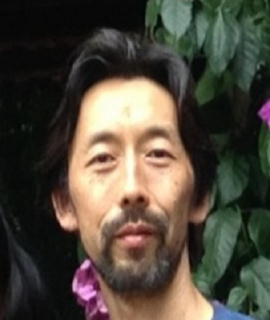Title : Working with Ma through rolfing structural integration - New perspectives of manual intervention
Abstract:
Introduction: To apply for the people who is a pressure sensitive of touch, Agneessens and Tahata developed the Art of Yield, which can facilitate drastic structural change. This approach is a derivation of ‘yield’ touch being taught in some Rolf Movement trainings. A key difference is that integral in Tahata’s approach is the ongoing inclusion of the practitioner ’s perception, which creates the field the work occurs in. To further refinement, Tahata focused attention to positioning in-between the practitioner and the client before intervention. It was shown that when the practitioner could find a suitable position, it could facilitate the client’s body to fit and spread on the massage table without touch, followed by decompression of joints and core space. This positioning might have potential to enhance responsiveness of the body.
Methods: The Ten Series of RSI incorporated with the Art of Yield was given to the client according to the sequence of Ida P. Rolf ’s protocol through gentle touch and the somatic resonance of the Hara(center of gravity) to guide us in our particular position in the room to set up for the order of intervention. In some case studies, the session was involved a conscious use of positioning by the practitioner.
Result: The photo data shows that suitable positioning between the practitioner and the client could facilitate postural change without touch. Rolfing incorporated with the Art of Yield and positioning facilitated drastic structural change as shown in some case studies.
Conclusion: Positioning of the practitioner in the session room, may underlie the basic therapeutic relationship inbetween the client and the practitioner, which might convey the essence of safe, which can be applicable to any kinds of therapies and somatic practices, which is called Ma, Japanese concept about space and time. Ma might be the key factor to provide the safe environment for the client.



